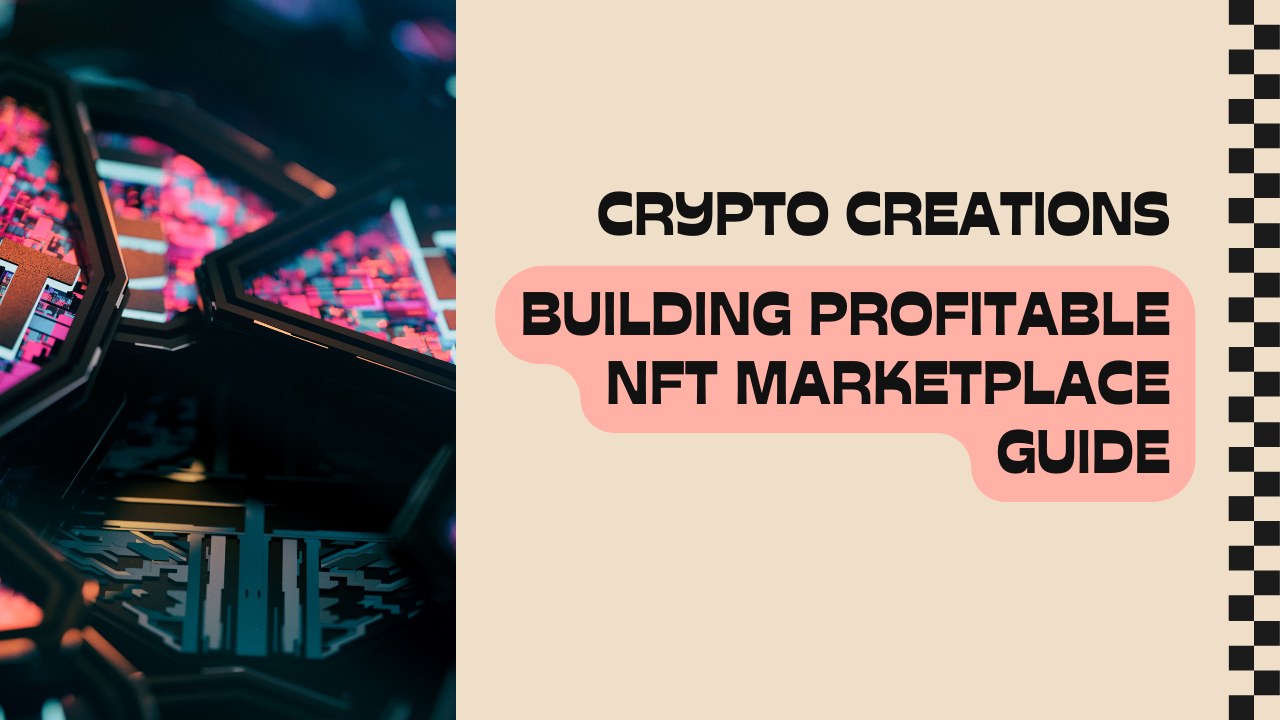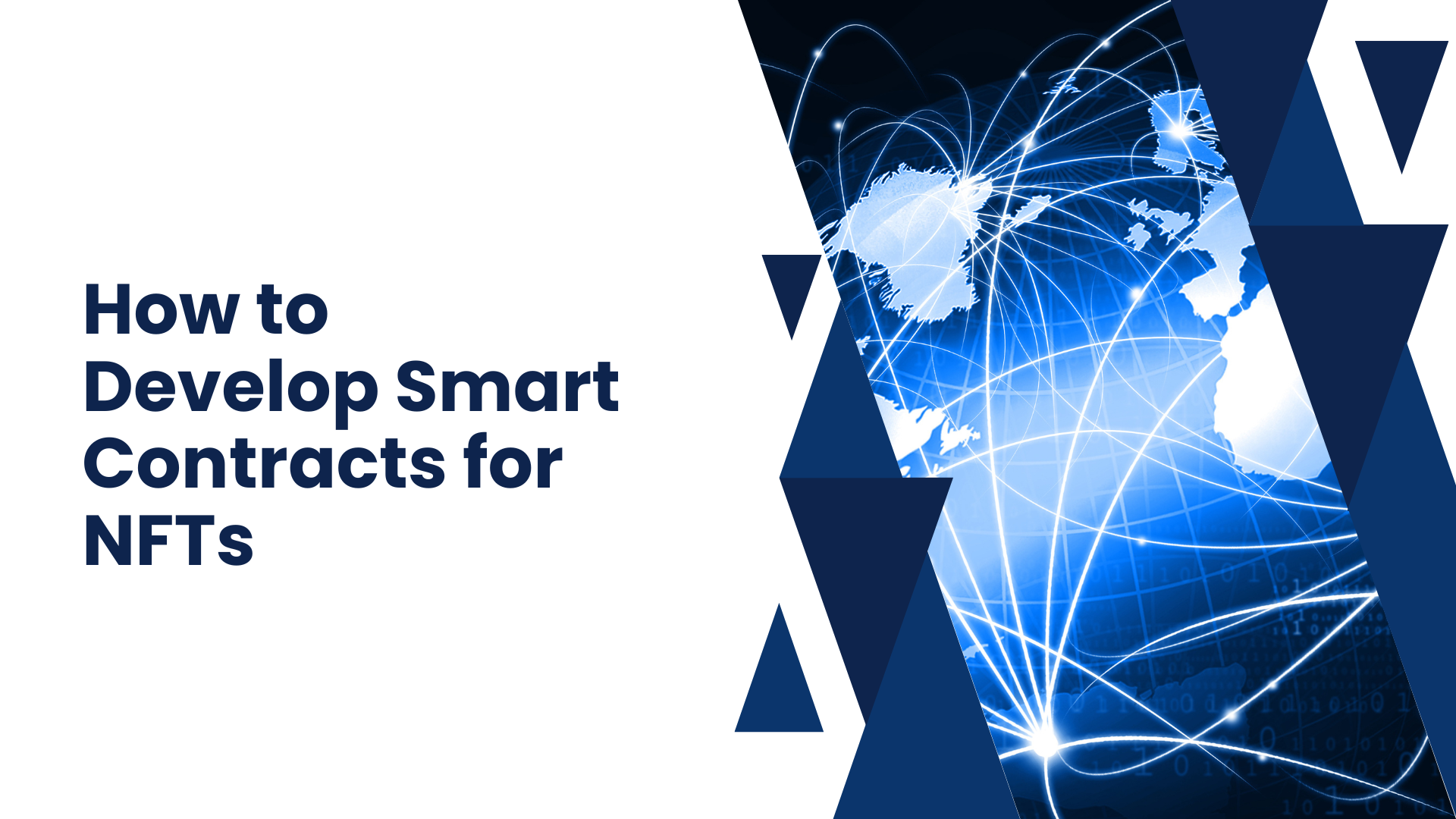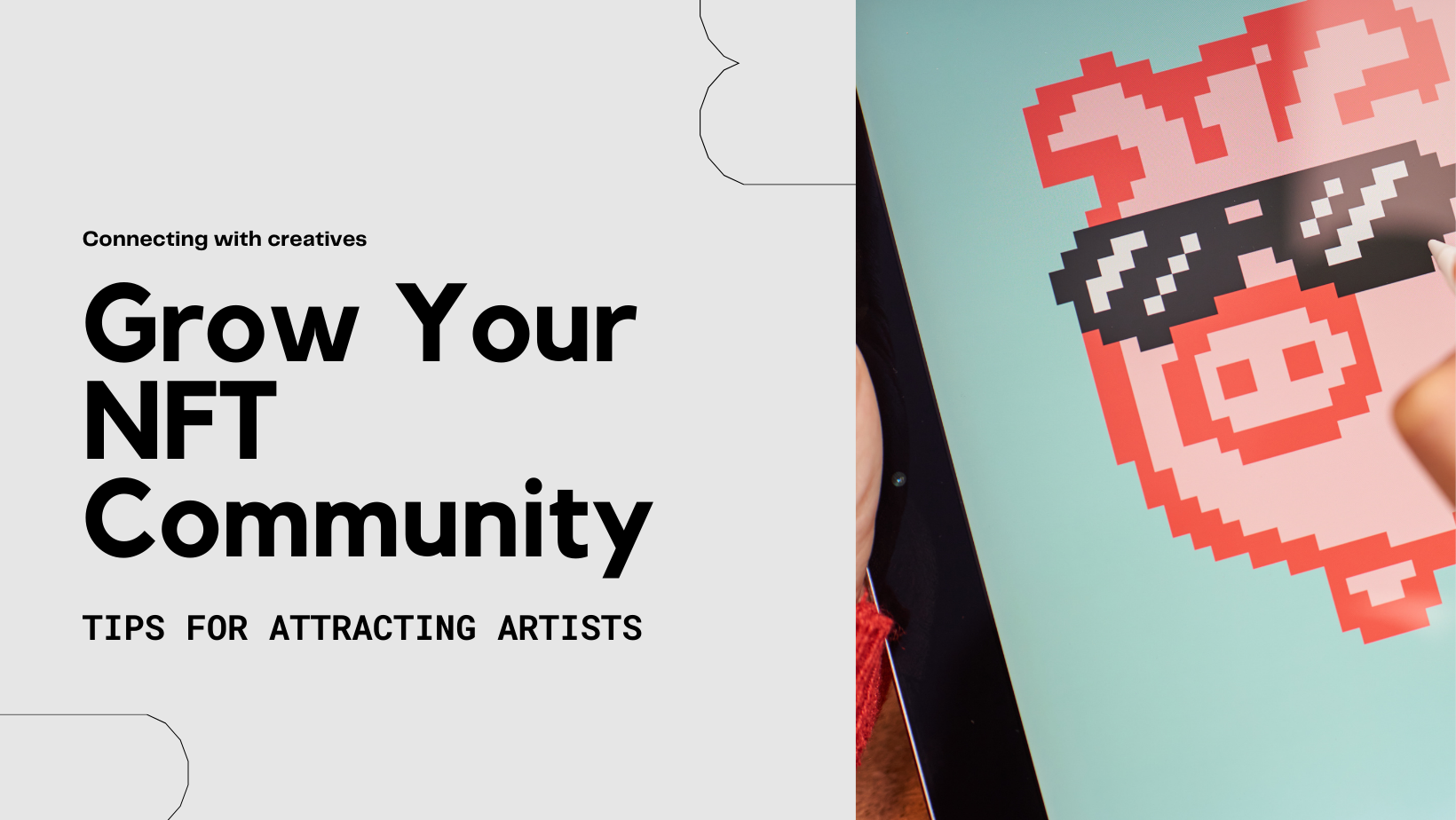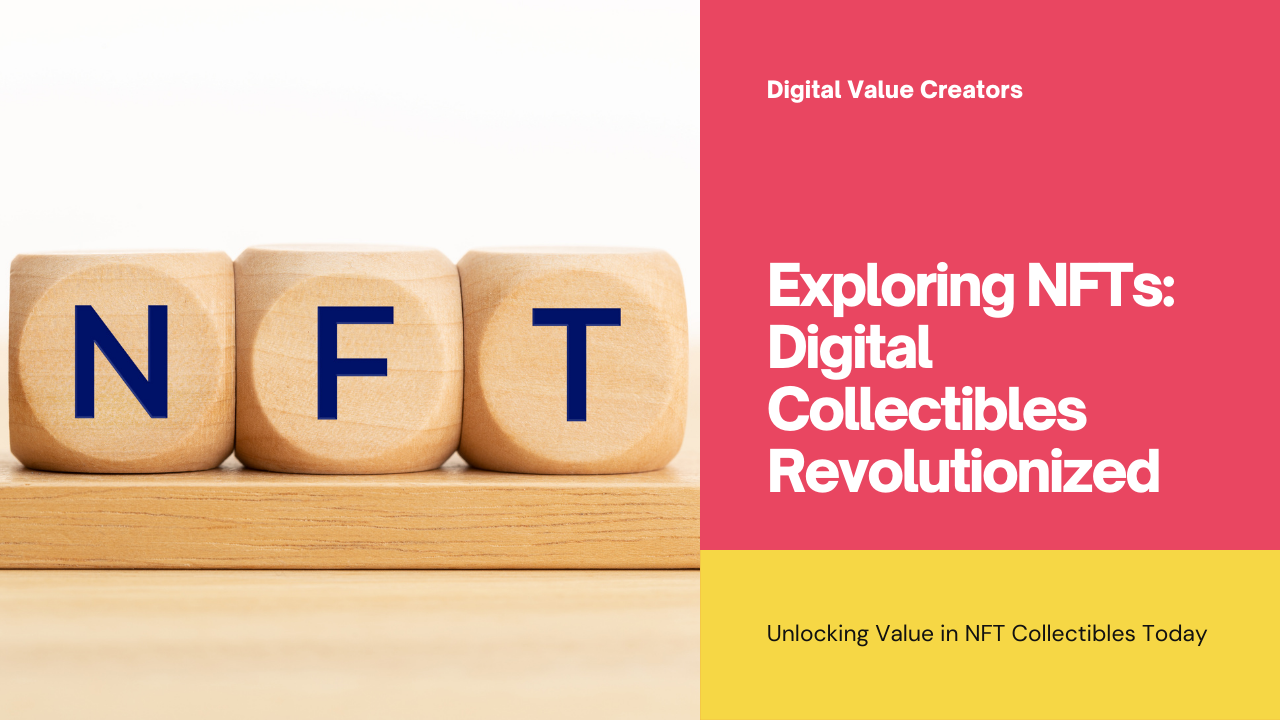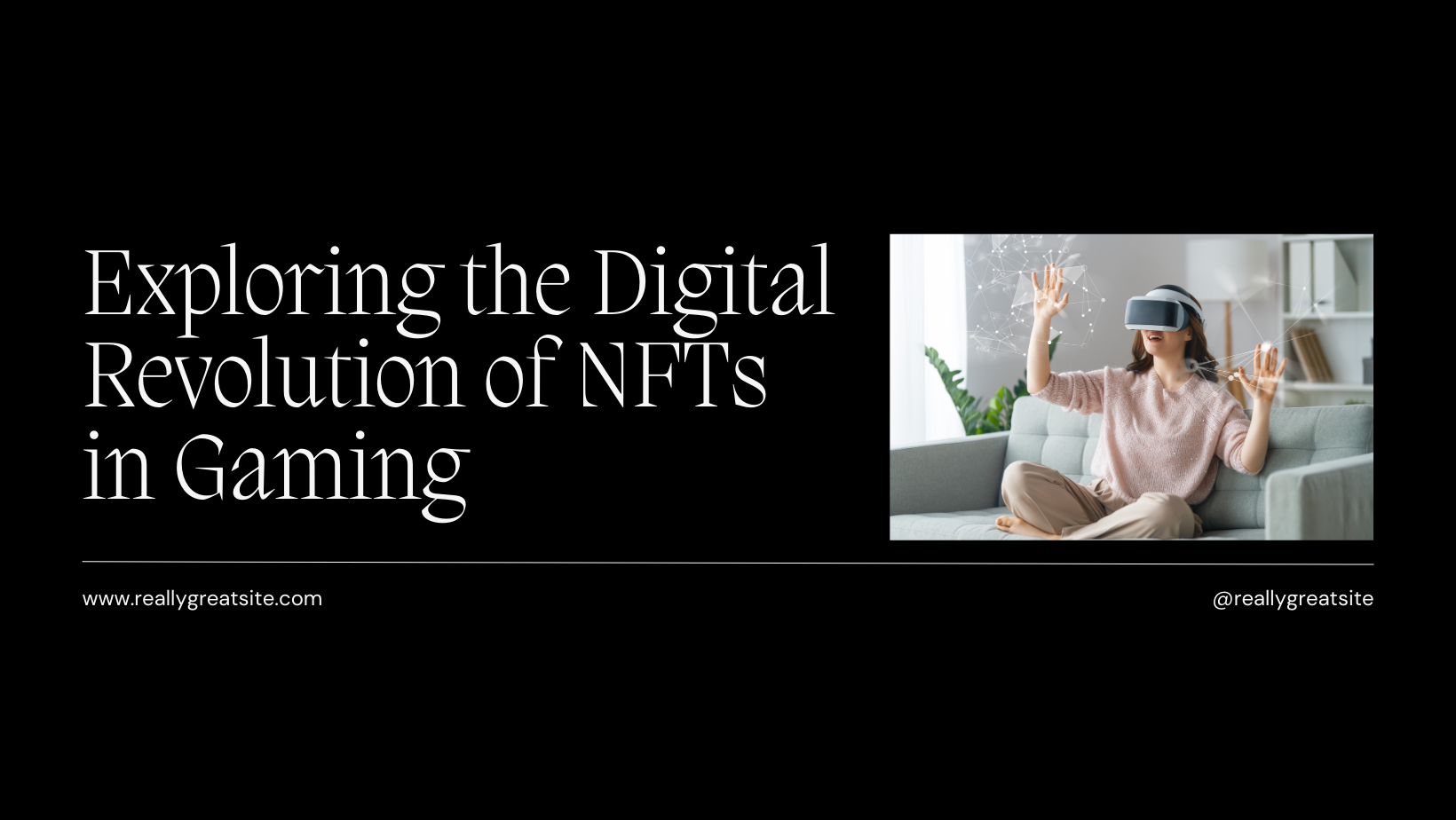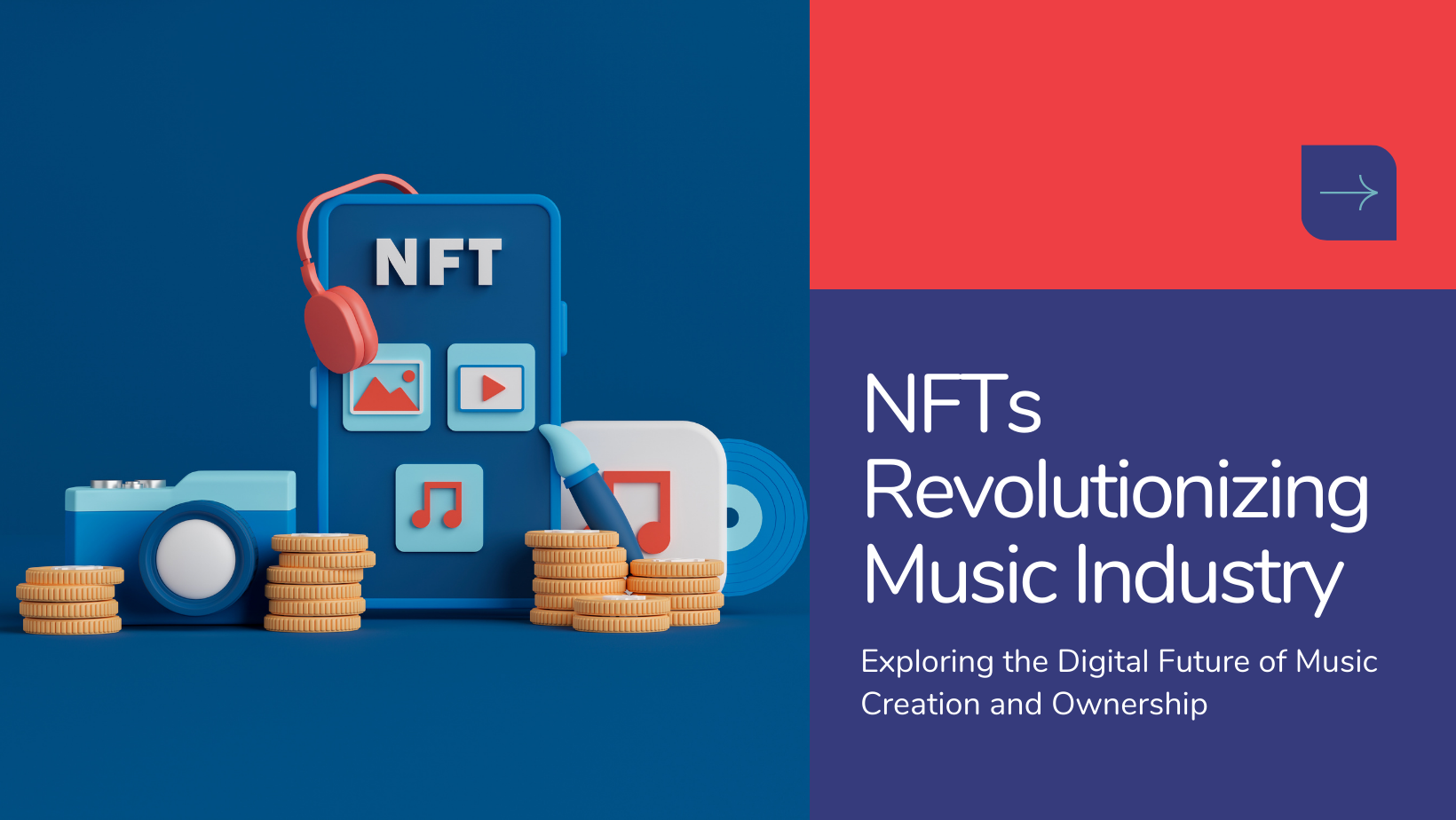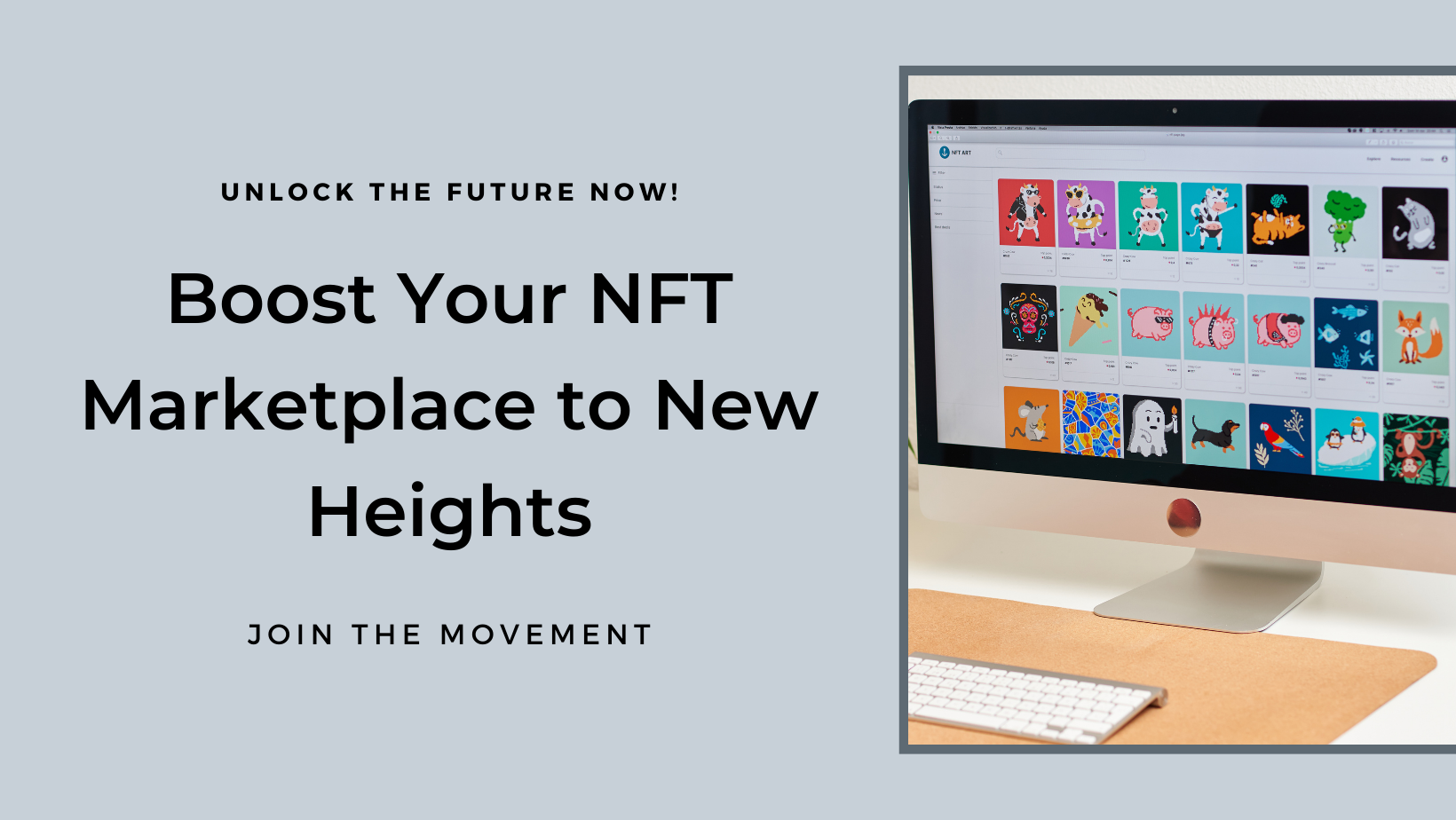Introduction: The rise of Non-Fungible Tokens (NFTs) has sparked a surge of interest in digital ownership and decentralized marketplaces. Building a successful NFT marketplace requires a strategic approach, understanding of blockchain technology, and user-centric design. This blog explores essential steps, key considerations, and best practices for developing and launching a thriving NFT marketplace that attracts creators, collectors, and investors alike.
Understanding NFT Marketplaces: NFT marketplaces are online platforms that facilitate the buying, selling, and trading of digital assets represented as NFTs. These marketplaces leverage blockchain technology to ensure authenticity, transparency, and security of transactions, offering a decentralized alternative to traditional digital asset exchanges.
Essential Steps to Develop a Successful NFT Marketplace:
1. Define Your Niche and Target Audience: Identify a specific niche or vertical within the NFT ecosystem, such as digital art, collectibles, music, or virtual real estate. Understand your target audience—whether it’s artists, collectors, gamers, or investors—and tailor your marketplace features and marketing strategies to meet their needs and preferences.
2. Choose the Right Blockchain Platform: Select a suitable blockchain platform for minting, storing, and trading NFTs, such as Ethereum, Binance Smart Chain, or Flow. Consider factors like transaction costs, scalability, developer community support, and interoperability with other blockchain networks when choosing the underlying technology for your marketplace.
3. Develop Smart Contracts and Token Standards: Create smart contracts that govern NFT minting, ownership transfers, royalties, and marketplace fees. Implement token standards like ERC-721 or ERC-1155 (for Ethereum-based marketplaces) to ensure compatibility with existing wallets, exchanges, and decentralized applications (dApps).
4. Design a User-Friendly Interface: User experience (UX) design is crucial for attracting and retaining users on your NFT marketplace. Develop an intuitive and visually appealing interface that allows users to browse, discover, and interact with NFTs seamlessly. Incorporate features like advanced search filters, categories, trending listings, and artist profiles to enhance usability and engagement.
5. Implement Secure Payment Gateways: Integrate secure payment gateways and cryptocurrency wallets to facilitate seamless transactions and fund transfers on your NFT marketplace. Offer multiple payment options, including fiat-to-crypto conversions, to accommodate users with varying levels of blockchain expertise and preferences.
6. Enable Social and Community Features: Foster a vibrant community around your NFT marketplace by incorporating social features such as user profiles, follower networks, commenting, and sharing capabilities. Encourage interaction between creators and collectors, facilitate discussions about NFTs, and promote user-generated content to enhance engagement and build brand loyalty.
7. Implement Robust Security and Compliance Measures: Prioritize security and compliance with data protection regulations, anti-money laundering (AML), and know-your-customer (KYC) requirements. Implement encryption protocols, multi-factor authentication (MFA), and audit trails to safeguard user data, prevent fraud, and maintain trust within the marketplace ecosystem.
8. Optimize for Mobile and SEO: Ensure your NFT marketplace is mobile-responsive and optimized for search engines (SEO) to attract organic traffic and improve discoverability. Implement SEO best practices, such as keyword optimization, meta tags, and content marketing strategies, to enhance visibility and drive qualified leads to your platform.
9. Provide Customer Support and Educational Resources: Offer comprehensive customer support channels, including live chat, email support, and knowledge base articles, to assist users with inquiries, technical issues, and transactional queries. Educate users about NFTs, blockchain technology, and marketplace functionalities through tutorials, webinars, and educational content to empower them to navigate the platform effectively.
10. Foster Partnerships and Collaborations: Collaborate with artists, influencers, content creators, and industry stakeholders to showcase exclusive NFT collections, host virtual events, and expand your marketplace’s reach. Build strategic partnerships with blockchain developers, digital agencies, and technology providers to leverage expertise, resources, and innovations for continuous marketplace growth.
Conclusion: In conclusion, developing a successful NFT marketplace requires meticulous planning, technological expertise, and a deep understanding of user preferences and market dynamics. By following these essential steps and best practices, you can create a thriving ecosystem that empowers creators, engages collectors, and drives innovation in the digital asset space.
